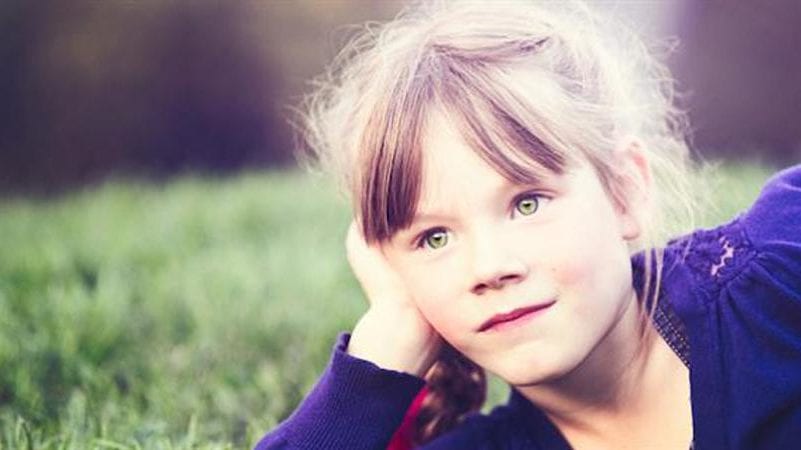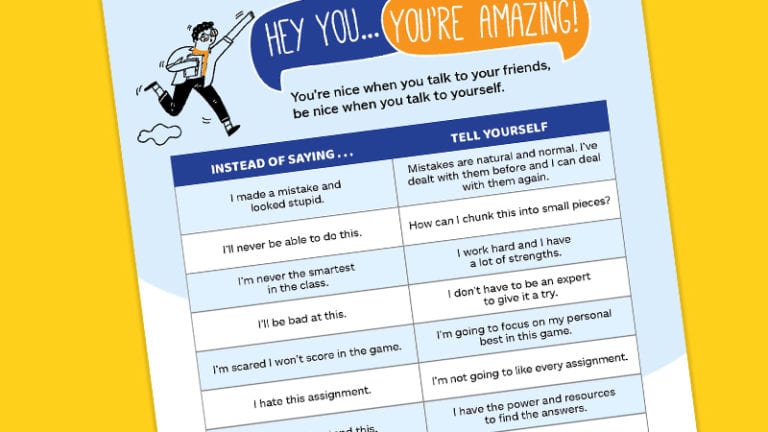We’ve all seen it. A high achieving student shutting down after a few minor mistakes. A kid who doesn’t even try, even when the task at hand is easy. A student who wails, “I suck at math.” Each of these scenes represents one of the most frustrating issues in a classroom – learned helplessness, when a person thinks his or her actions are useless in creating effective change. How do we influence these students so that we break the pattern of avoidance and quitting? To curb learned helplessness, we first have to understand that it is a cognitive influence, meaning that it is dependent on a person’s thoughts. Why does this matter? Because thoughts can be influenced and changed. We can create optimisitc students.
Martin Seligman, whose research helped establish our understanding of the concept “learned helplessness” in psychology, talks about it in terms of ABC’s. A person experiences an Adversity. Following the adversity, the person processes the impact and cause of the adversity, forming Beliefs about the adversity. Based on these beliefs, the response of the person creates a Consequence.
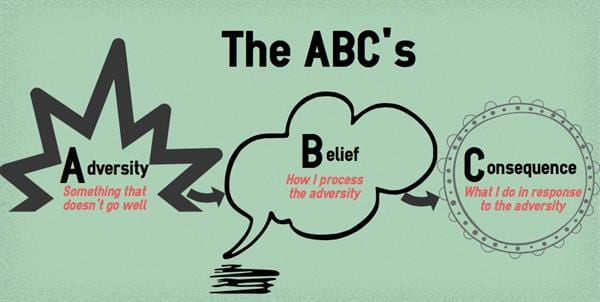
Let’s look at an example:
Sierra raises her hand to answer a question. Her answer is wrong, so she feels embarrassed. At this point, she has experienced an adversity. Adversities can be short-term or long-term; they can cause deep emotional anguish, or mild displeasure. Stubbing your toe on that stupid coffee table? Adversity. Failing a test? Adversity. Losing a loved one? Adversity. Adversities are also subjective. Spilling coffee might be a minor annoyance for one person, but ruin another person’s entire day. More on that soon.
Two important caveats: Some people experience more adversity than others. Second, teachers can’t always influence how deeply or frequently their students experience adversity.
Interestingly, experiencing a lot of adversity does not automatically mean a person will develop learned helplessness. We’ve all known students who face extreme adversity and yet remain resilient. The deciding factor is the “B” in our ABC’s, a person’s Belief about the adversity.
After Sierra gets the wrong answer, she will begin processing the adversity. Why did it happen? How is it affecting her now? How will it affect her in the future? She may say to herself, “Crap, I should have thought more carefully.” Or, she may say to herself, “I’m an idiot.” Despite how these statements are both negative, they have critical differences that can tell us a lot about Sierra’s thought patterns – and whether she will develop learned helplessness or not. A person’s style of belief, what Seligman calls “explanatory style,” can be categorized as optimistic or pessimistic.
Pessimistic vs. Optimistic Students
Let’s stay away from the whole “glass half full/empty” analogy. That analogy leads us to think an optimist is always a chipper Pollyanna, whereas a pessimist is a brooding curmudgeon. Optimists still experience negative thoughts. What makes them optimistic is their belief that adversity is 1) temporary, 2) specific and 3) a result of various factors. Pessimists, on the other hand, are more likely to see adversities as 1) permanent, 2) universal, and 3) entirely their fault.
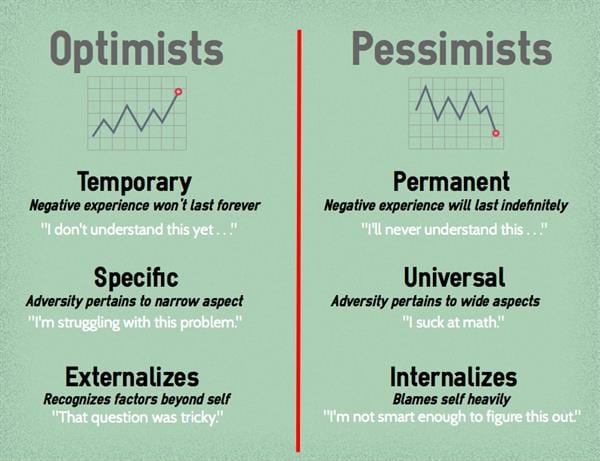
As teachers, we can access a student’s explanatory style, asking them to describe their responses when something goes wrong – in person or in writing. Or, we can take note of the “Consequence,” the C in our ABC acronym. A consequence is how the person responds after the adversity – their actions, decisions, and comments.
For example, if Sierra continues to raise her hand in the future, there is a chance she saw her failed answer as a temporary and specific event. If we notice her withdraw and not show effort again, this is a signal that she may see her mistake as permanent and universal.
By noticing students’ language and/or their responses to common classroom adversities, we can also coach students on re-working or “thought challenging” their pessimistic responses. Seligman calls this “Disputation,” adding the “D” to the ABC model. I use the acronym HELP with my students to dispute their pessimistic beliefs:
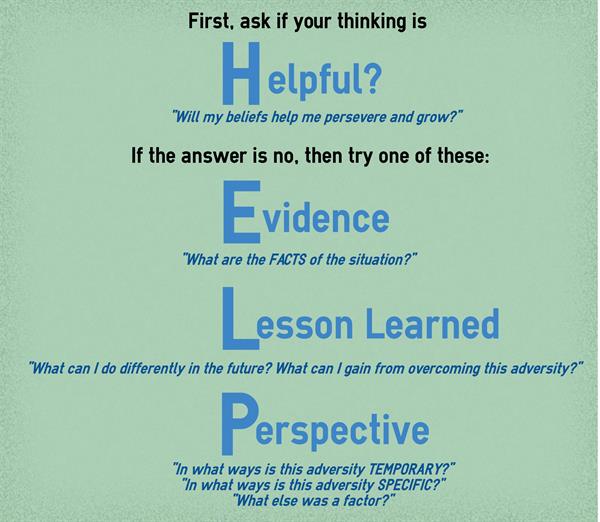
So, how does one begin fostering optimism in students? Start by helping students explore their own thoughts in relation to controlled or simulated adversities. Click the link below for a couple of free mini-lessons to help students examine their beliefs about adversity:
Optimistic Students Intro Lessons
Once students better understand how their thoughts influence their outcomes, we can help coach them to be more optimistic. Help them recognize their own pessimistic and optimistic thoughts when they arise in class. Model your own ability to recognize and rethink a pessimistic belief. Analyze quotations from literature or history.
As with any cognitive or behavioral habit, creating optimistic beliefs will take time and intentional effort. But, helping students become more resilient and hopeful is worth the investment.
This post is a part of the Thriving Learner Series from AffectiveLiving, aimed at helping students find purpose and happiness. File this one under Accomplishment Strategies.
